How Much Does It Cost to Start a Fish Farm in Zambia?
Starting a fish farm seems complex and expensive. Without clear cost information, your dream of a profitable aquaculture business in Zambia could remain just a dream. Let's break down the real costs.
Starting a small-scale fish farm in Zambia can cost between $1,000 and $5,000. This initial investment typically covers pond construction, purchasing fingerlings, and the first few months of feed. Larger commercial operations will require a significantly higher budget, often tens of thousands of dollars.
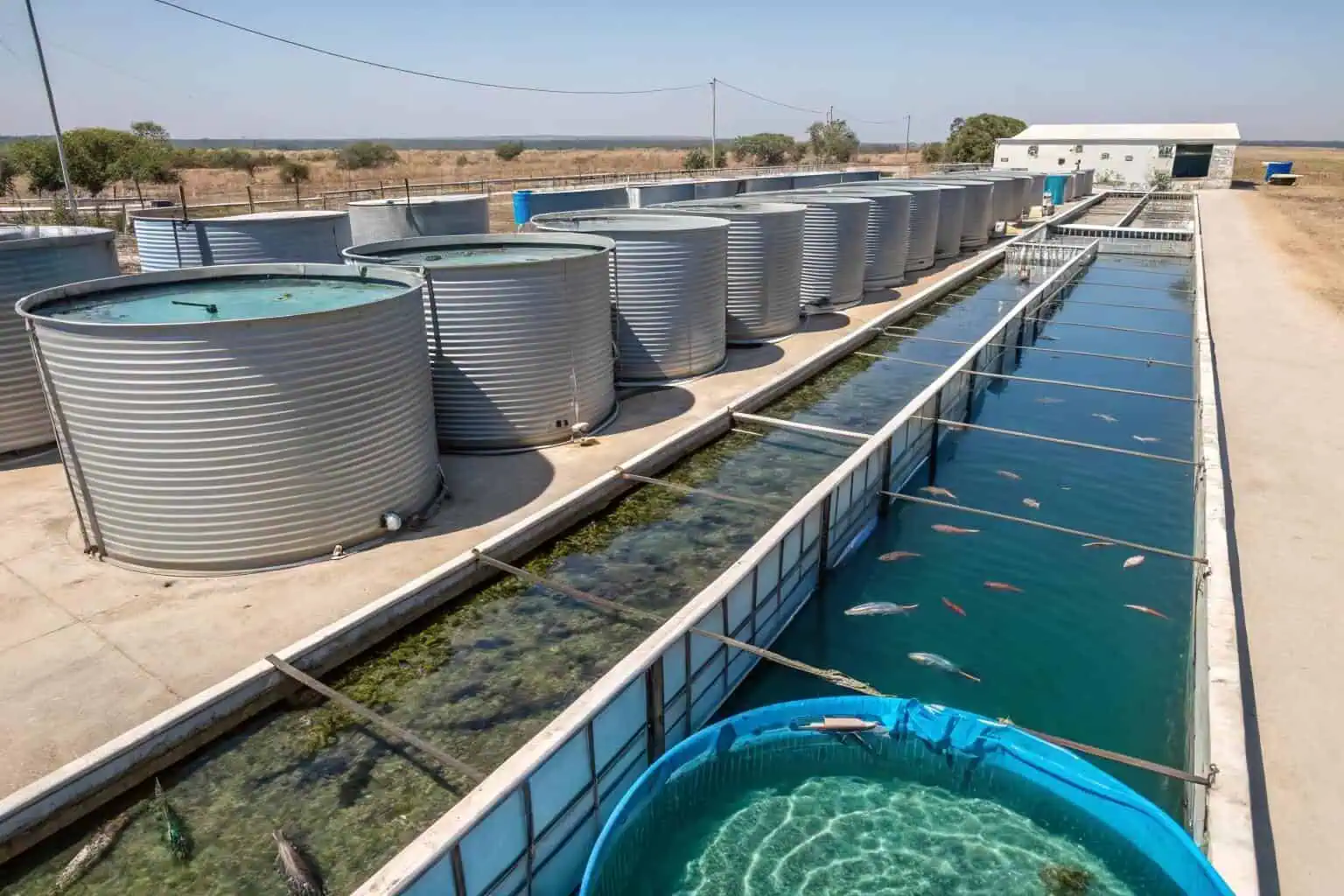
Now that we have a ballpark figure, you're probably wondering about the specifics. What exactly do you get for that money, and how can you turn that investment into a profitable business? As someone who has guided many entrepreneurs in this field, I've seen firsthand how a clear plan transforms an idea into a thriving enterprise. Let's dive into the details.
How Much Money Is Really Needed to Start a Fish Farm?
You have the passion for aquaculture, but the financial details are blurry. This uncertainty can stall your project before it even begins. Here’s a clear breakdown of the startup costs.
The total capital needed depends on your farm's scale. Key expenses include pond construction, high-quality fingerlings, consistent feed supply, and basic equipment. For a small setup, budgeting around $5,000 is a realistic starting point to cover these essentials.
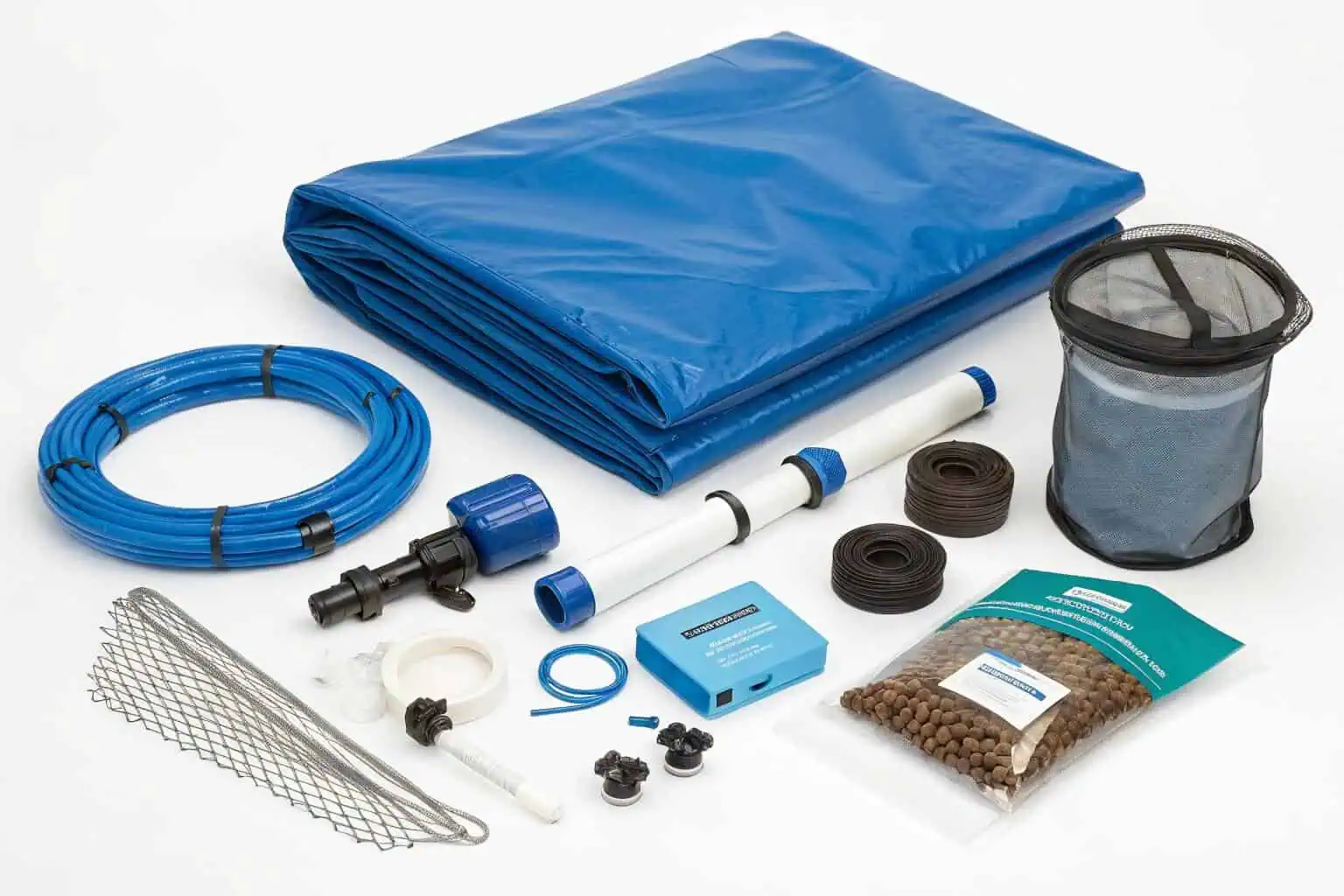
When I first started, I thought just digging a hole and adding water was enough. I quickly learned that the initial investment is all about creating a stable and efficient system. Your budget needs to be broken down into a few key areas. First, you have the one-time setup costs. This is where you build the foundation of your farm. Then, you have the recurring costs that keep your operation running day-to-day. I've learned that using durable, well-designed equipment1 from the start saves a lot of money and headaches later. For example, our Bancy collapsible tanks are a great choice because they are easy to set up and built to last, which means you spend less on maintenance over time.
Initial Setup Costs
Building the foundation for your aquaculture operation is your most significant initial outlay, representing your largest upfront investment. This encompasses the physical infrastructure essential for raising your fish. A carefully constructed system is paramount for achieving success.
| Item | Estimated Cost (Small-Scale) | Notes |
|---|---|---|
| Pond/Tank | $500 - $2,500 | Earthen ponds are cheaper, but tanks offer better control and durability. |
| Water Pump & Plumbing2 | $200 - $600 | Essential for water circulation and quality management. |
| Nets & Basic Tools | $100 - $300 | For harvesting, handling, and daily tasks. |
| Water Test Kits3 | $50 - $150 | Non-negotiable for monitoring pH, ammonia, and oxygen levels. |
Ongoing Operational Costs
Managing monthly costs is vital for profitability. These regular expenses include fingerlings, the young fish you'll stock. Fish feed will be your largest recurring cost, essential for growth. You'll also have electricity for equipment and potentially labor, though you may handle initial tasks yourself. Effectively controlling these outflows is key to a successful operation.
| Item | Estimated Monthly Cost | Notes |
|---|---|---|
| Fingerlings | $100 - $500 (per batch) | Depends on the quantity and species. |
| Fish Feed4 | $200 - $800+ | This will be your largest recurring expense. |
| Electricity | $50 - $200 | For running pumps and other equipment. |
| Labor5 | Varies | You might start by doing it all yourself. |
Is Fish Farming Actually Profitable in Zambia?
You're ready to invest time and money, but you need to know if it will pay off. Doubts about profitability can be a major hurdle. Let's look at the potential returns.
Yes, fish farming in Zambia is highly profitable. With strong local demand for fish like tilapia and catfish, and the right management practices, you can achieve significant returns. Profitability hinges on efficient operations, good market access, and controlling your production costs.
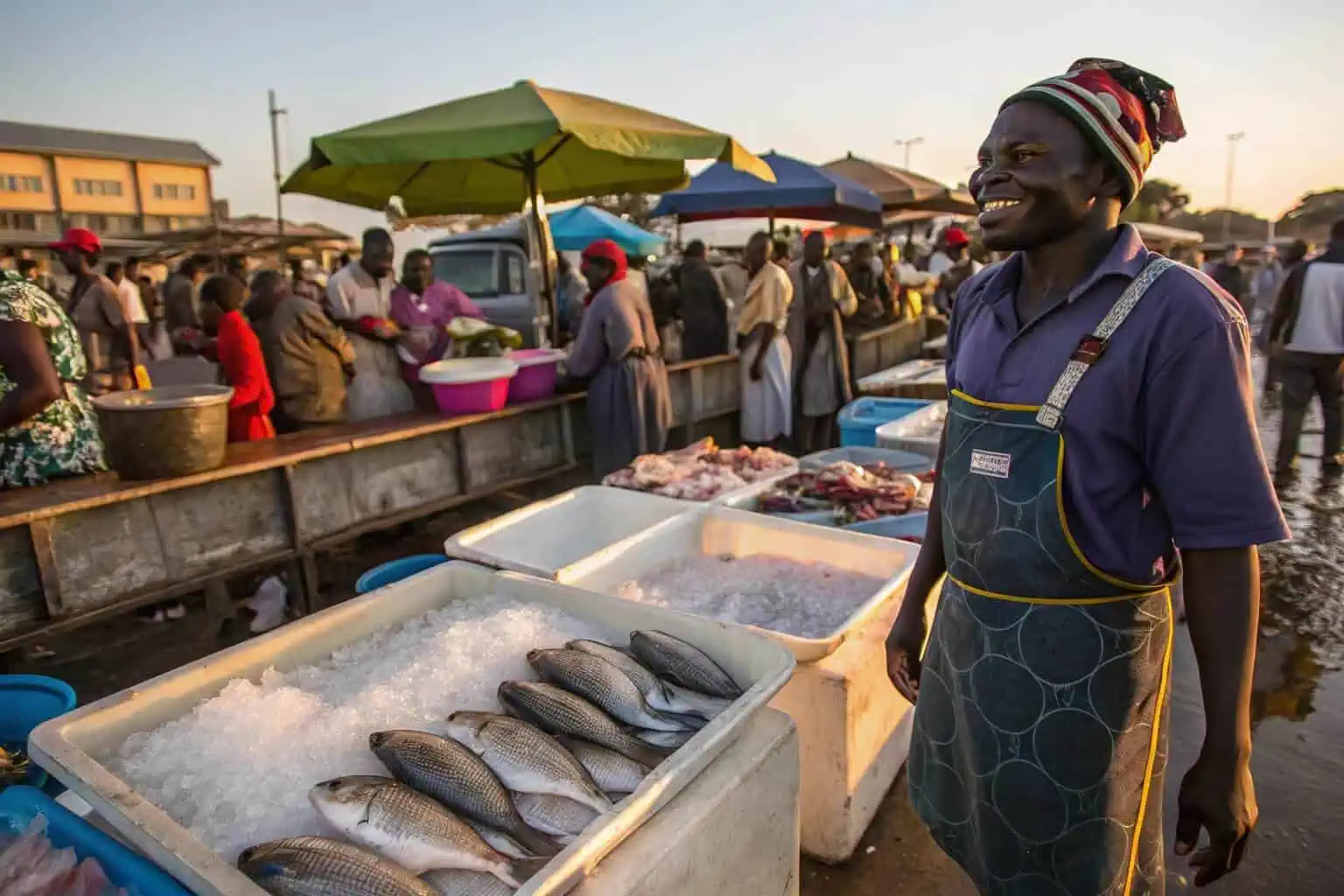
I remember talking to a farmer who started with just one of our galvanized sheet tanks6. Within a year, he had recouped his initial investment and was expanding to three more tanks. His story isn't unique. The demand for fresh, locally sourced fish in Zambia is huge. With the population growing and wild fish stocks under pressure, aquaculture is stepping in to fill a critical gap. However, profit doesn't just happen. It's the result of smart decisions. You have to manage your feed costs, prevent diseases, and have a solid plan for selling your fish once they reach market size. It's a business that rewards hard work and careful planning.
Factors Driving Profitability
Your success depends on balancing costs with revenue. The market is there, but you need to run an efficient operation to capture it. Focus on high-demand species that grow quickly.
| Factor | Impact on Profit |
|---|---|
| Market Demand | High and growing demand for fish protein ensures a ready market for your product. |
| Feed Conversion7 | How efficiently your fish turn feed into body weight directly impacts your main cost. |
| Stocking Density | The right number of fish in your tank maximizes output without compromising health. |
| Harvest Price8 | Your selling price determines your final revenue. Research local market rates. |
Common Challenges
It's not all smooth sailing. Being aware of the potential problems is the first step to overcoming them. I've seen farmers struggle when they overlook these areas.
- High Feed Costs: Feed can account for over 60% of your operational budget. Finding a reliable, affordable supplier is key.
- Technical Knowledge9: You need to understand water quality, fish health, and disease prevention.
- Market Access10: Having a plan to get your fish to buyers is as important as growing them.
What Is the Best Type of Fish for Farming in Zambia?
Choosing the wrong fish species can lead to slow growth and poor sales. This critical decision can make or break your farm. Let me guide you to the most suitable choices.
Tilapia and catfish are the top choices for fish farming in Zambia. Tilapia is popular for its rapid growth, resilience, and high market demand. Catfish is also a great option, known for its hardiness and ability to thrive in various conditions, making both excellent for new farmers.
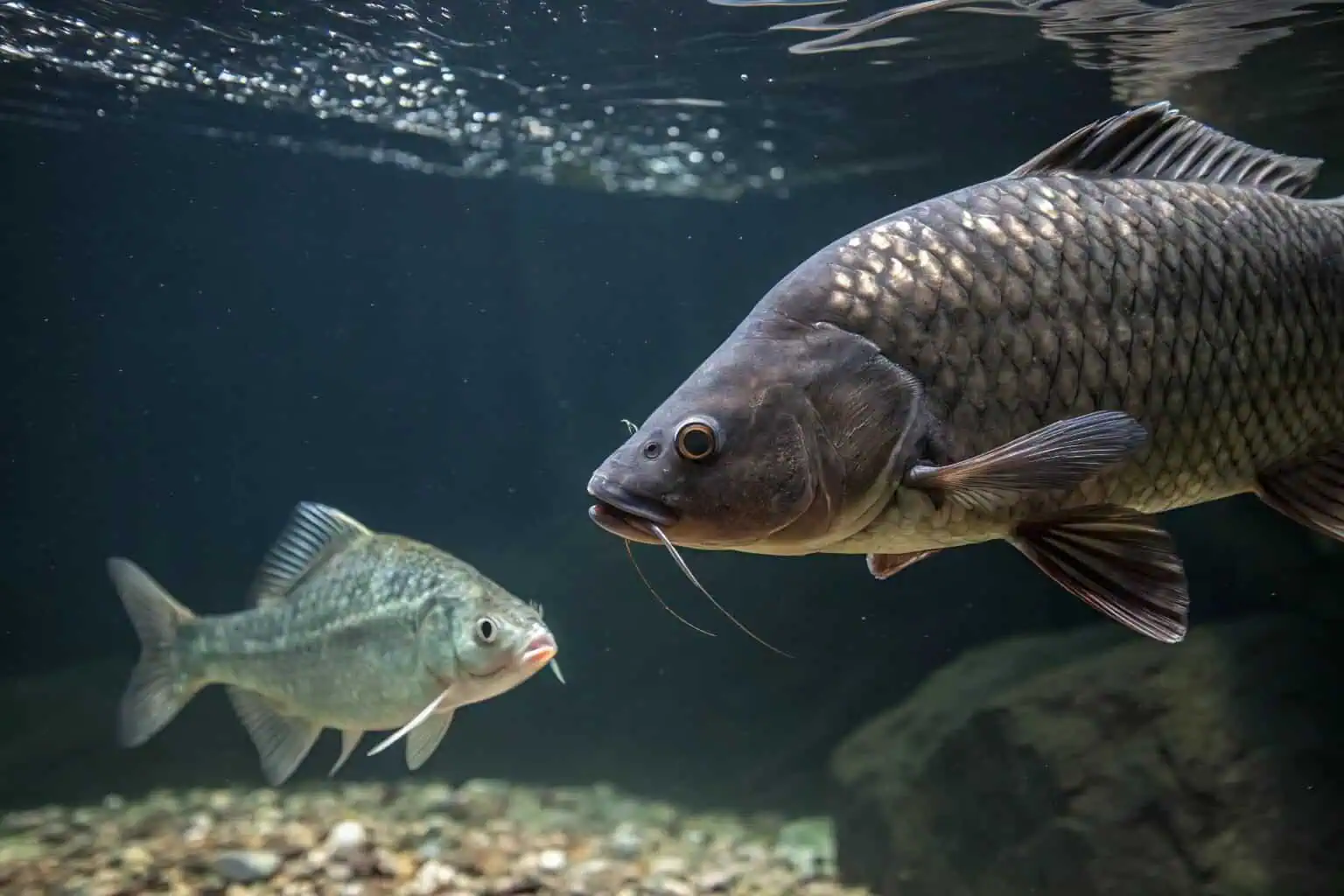
When I consult with new farmers, this is one of the first questions they ask. My answer is almost always to start with tilapia. They are incredibly forgiving for beginners. They grow fast, eat a wide range of feeds, and consumers in Zambia love them. They are sometimes called the “aquatic chicken” for a reason! Catfish are another fantastic choice, especially if your water conditions aren't perfect. They are tough survivors. The key is to pick a species that not only grows well in your specific environment but also has a strong, existing market11. Don't try to reinvent the wheel on your first go. Stick with the proven winners.
Tilapia vs. Catfish
Both are excellent choices, but they have different strengths. Understanding these differences will help you choose the right one for your farm.
| Feature | Tilapia (Bream) | Catfish |
|---|---|---|
| Growth Rate | Fast (market size in 6-8 months) | Very Fast (market size in 5-7 months) |
| Diet12 | Omnivorous, eats algae and commercial pellets. | Carnivorous, requires higher protein feed. |
| Hardiness13 | Hardy, but sensitive to cold temperatures. | Extremely hardy, tolerates poor water quality. |
| Market Preference | Very high demand, popular across Zambia. | High demand, especially in certain regions. |
Making Your Choice
- For Beginners: I usually recommend starting with Tilapia14. Their straightforward needs make them easier to manage as you learn the ropes.
- For Challenging Conditions: If you have concerns about maintaining perfect water quality, Catfish15 offer a more robust and forgiving option.
- Your Market: Always do a little local research. Talk to market vendors and see what's selling best in your specific area.
Is Zambia the Best Country for Your Fish Farming Venture?
You see global opportunities in aquaculture, but where should you invest? Choosing the right country is a massive decision with long-term consequences. Let's see how Zambia stacks up.
While countries like China and Nigeria are aquaculture giants, Zambia presents a unique and compelling opportunity. Its abundant water resources, growing local demand, and lower startup costs make it one of the most promising emerging markets for fish farming in Africa.
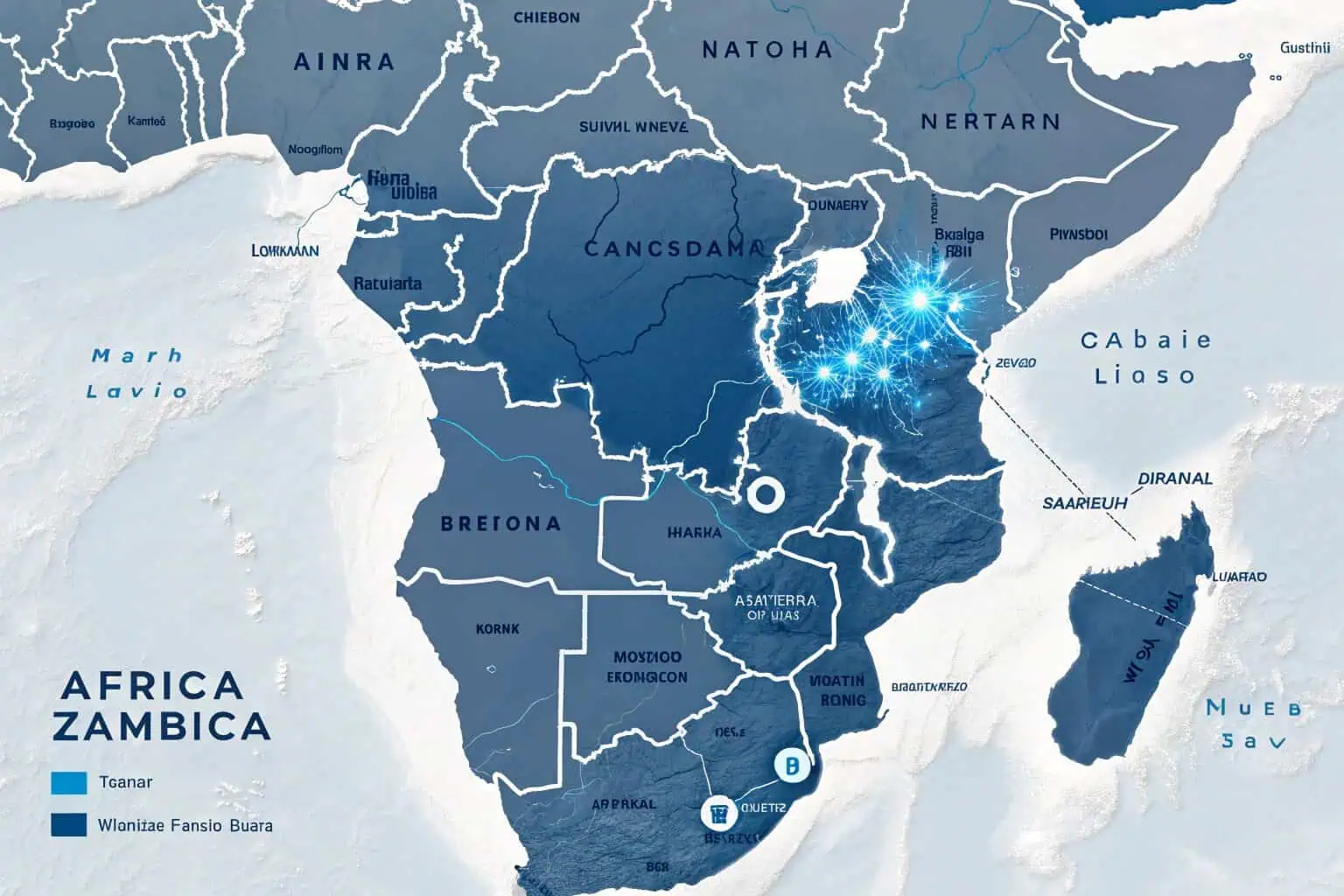
I've had the chance to look at aquaculture operations in different parts of the world, and I truly believe Zambia is a hidden gem. In places like Nigeria, the market is huge, but it's also very crowded with experienced players. In Zambia, there's room to grow. The country is blessed with abundant freshwater16, which is your most important resource. Plus, the government is increasingly supportive of aquaculture as a way to ensure food security and create jobs. For an entrepreneur looking to get in on the ground floor of a rapidly growing industry, you can't ask for a much better setup. It's a place where a smart, hardworking individual can still build a significant business from scratch.
Zambia's Competitive Edge
Let's put it in perspective. How does Zambia compare to other major players in the African aquaculture scene?
| Factor | Zambia | Nigeria |
|---|---|---|
| Water Access17 | Excellent, with numerous rivers & lakes. | Good, but can be a challenge in some areas. |
| Startup Cost18 | Relatively Low | Moderate to High |
| Competition | Moderate and growing | Very High |
| Market Growth19 | High Potential | Mature, but still growing |
The Entrepreneur's Opportunity
What this table tells me is that Zambia is the land of opportunity. While other markets might be bigger, Zambia offers a lower barrier to entry and a chance to become a key player in a developing market. It's the perfect place for an entrepreneur who wants to build something from the ground up. The combination of natural resources20 and a hungry market creates a powerful recipe for success.
Conclusion
Zambia is a land of incredible opportunity for fish farming. Success requires careful research, smart financial planning, and the right equipment, but the potential for a profitable business is undeniable.
-
Discovering the advantages of quality equipment can lead to long-term savings and efficiency in your farming operations. ↩
-
This resource will guide you in selecting the most efficient water pump for maintaining your aquaculture system. ↩
-
Explore this link to find reliable water test kits that ensure optimal water quality for your aquaculture setup. ↩
-
Explore this link to discover the most effective fish feed options that can enhance your aquaculture productivity. ↩
-
Understanding labor needs is crucial for your aquaculture venture; this resource will guide you through it. ↩
-
Explore the advantages of galvanized sheet tanks for aquaculture, including durability and cost-effectiveness, to enhance your farming operations. ↩
-
Learn about feed conversion to optimize costs and improve your profit margins in fish farming. ↩
-
Exploring harvest price factors can enhance your pricing strategy and boost revenue. ↩
-
Enhancing your technical knowledge is crucial for success in aquaculture; find resources to boost your expertise. ↩
-
Understanding market access is vital for selling your fish; discover best practices to enhance your market reach. ↩
-
Discover strategies to find and assess markets for aquaculture products, ensuring successful farming. ↩
-
Exploring their dietary requirements is crucial for optimal growth and health in aquaculture. ↩
-
Learning about their hardiness can guide you in choosing the right species for your farming conditions. ↩
-
Exploring this resource will provide you with essential insights on why Tilapia is ideal for novice fish farmers. ↩
-
This link will help you understand the resilience of Catfish, making them a great choice for less-than-perfect environments. ↩
-
Learn how abundant freshwater can enhance aquaculture operations and contribute to sustainable practices. ↩
-
Understanding water access is crucial for evaluating business opportunities and living conditions in these countries. ↩
-
Exploring startup costs can help entrepreneurs make informed decisions about where to invest and start their businesses. ↩
-
Analyzing market growth potential is essential for investors looking to capitalize on emerging opportunities in these regions. ↩
-
This resource can shed light on how Zambia's natural wealth supports its entrepreneurial landscape. ↩